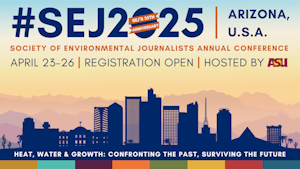"Two years ago, we got a chance to assure parents and teachers, in any future epidemic, that the air in classrooms was safer, making it easier for children to attend school in person and avoid learning loss and isolation.
In March 2021, Congress allocated $122 billion for schools to cope with the Covid pandemic and its aftermath — to hire tutors, retain teachers or improve their facilities. Public health and clean air advocates hoped that this would lead to widespread improvements in classroom ventilation and air quality, to help ward off future pathogenic threats and reduce problems like dust, allergens and wildfire smoke.
But only about 34 percent of school districts said they used any of the money to upgrade their heating ventilation and air conditioning systems, according to a recent survey from the Centers for Disease Control and Prevention. About 28 percent more installed in-room air cleaners, 8 percent said they installed ultraviolet lights — a more expensive and complicated method — and the rest reported no changes that would substantially improve air quality."
Zeynep Tufekci reports for the New York Times August 9, 2023.













 Advertisement
Advertisement 



